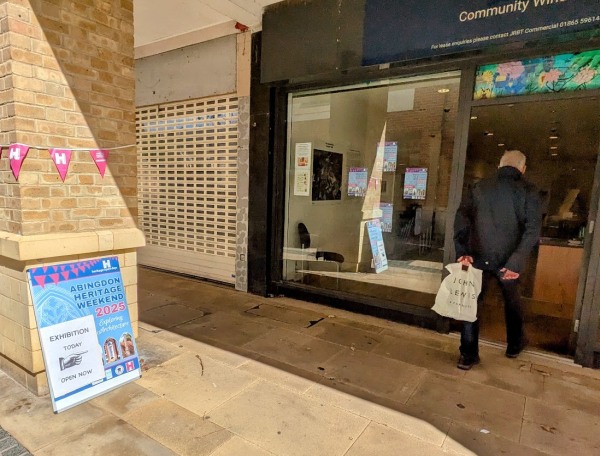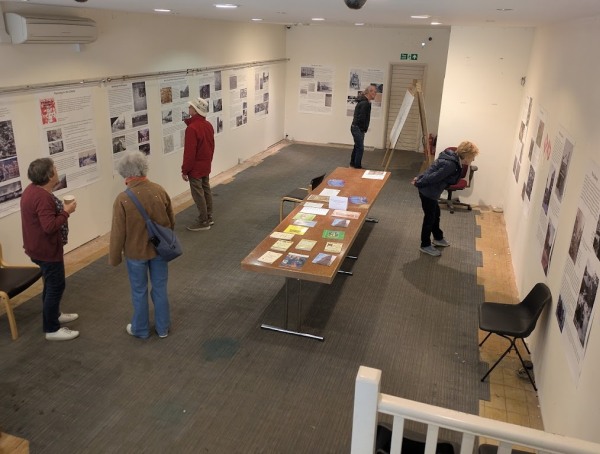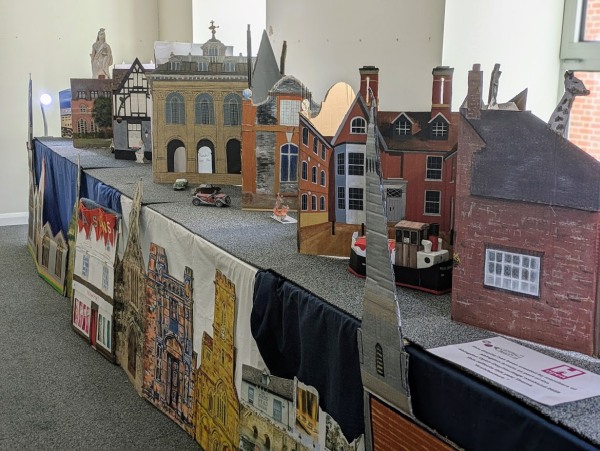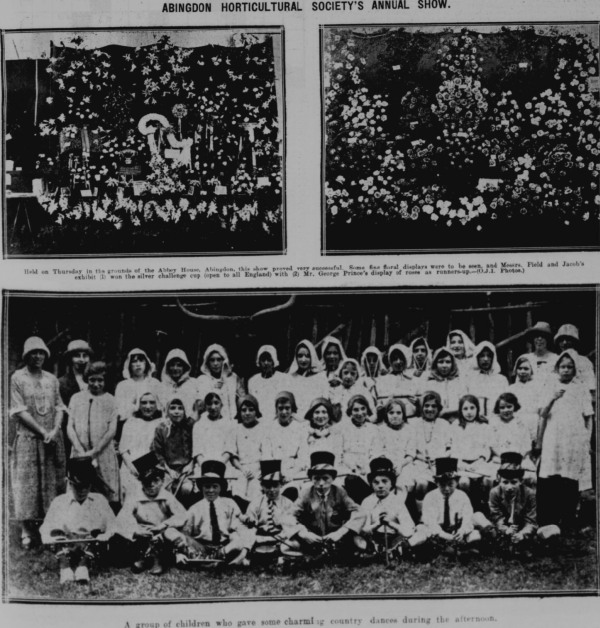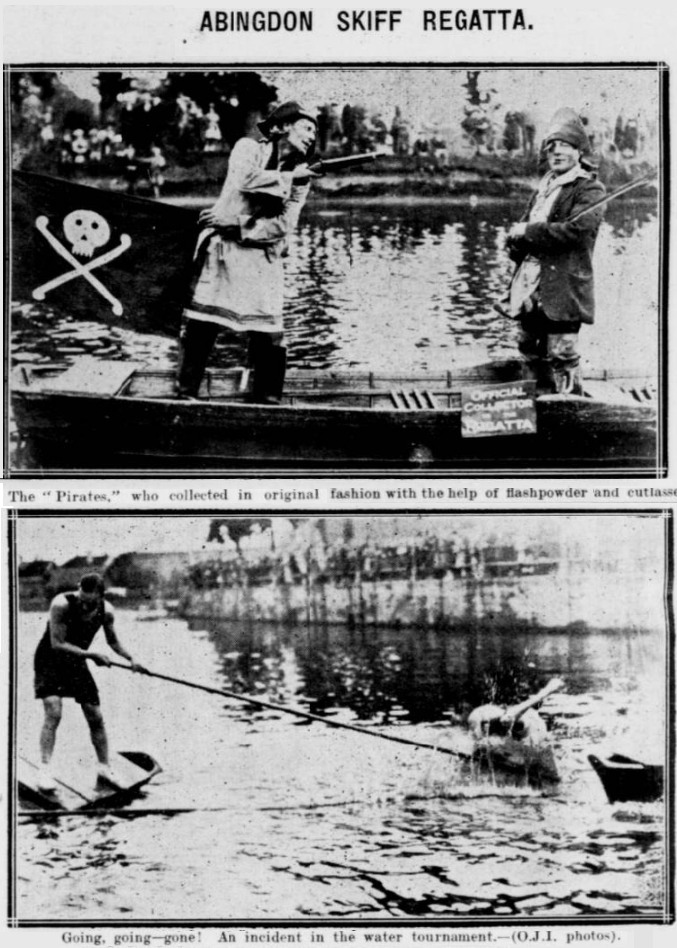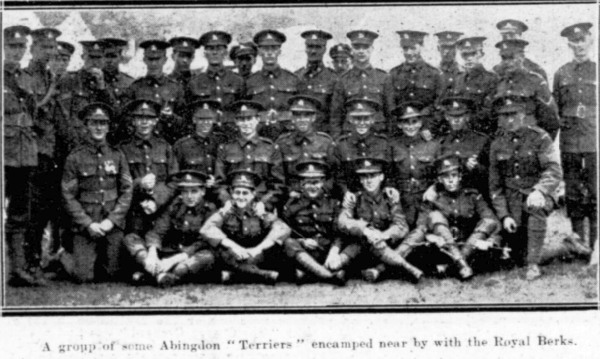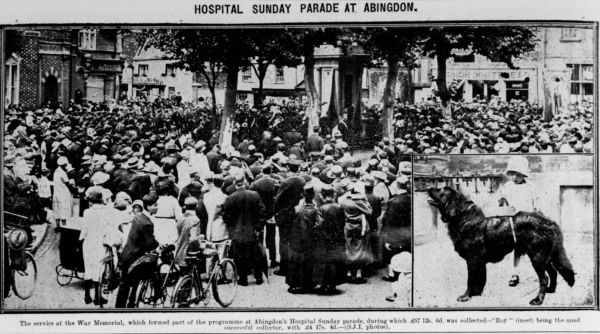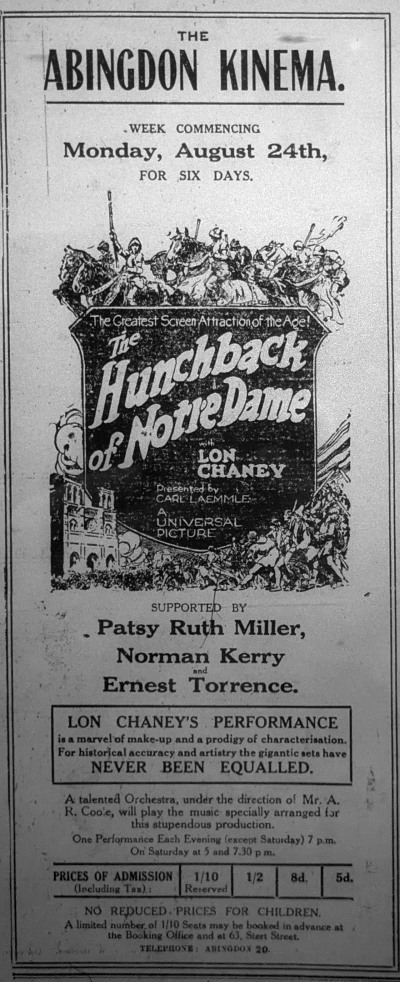
Found Drowned Near the Rookery
A shadow was cast over the town on Thursday when four-year-old Esther Harper, of 22 The Abbey, drowned near the Rookery. She had gone out to play in the afternoon and did not return. Her brother Edward, aged 13, on arriving home from school, went in search and found her body floating by the riverbank. Despite efforts by passers-by and the police to revive her, life was declared extinct by Dr H. S. Challenor. At Friday’s inquest, the jury returned a verdict of “Found Drowned.”
Motor Fatality at Lodge Hill
An inquest was also held for Miss Diana Sybil Seal, a 21-year-old Oxford dancer, who died when a car skidded at Lodge Hill. The driver, an undergraduate from Christ Church, was cleared of blame. Evidence suggested that a Ford van coming the other way, poor visibility due to an elm tree, and a burst tyre led to the skid. The car toppled over and back and all the cars passengers except the driver were thrown from the car. The deceased suffered a severe head injury. A fellow passenger confirmed the car was going no faster than 25 miles per hour and that the driver was not intoxicated. They had drunk a bottle of wine between them in Abingdon. The elm tree has since been removed to improve safety at the brow of the hill. Sympathy was send to the family of the deceased.

Mr Joe James Passes Away
Mr Joe James, one of the oldest bricklayers in the town, of 44 West St Helen Street, passed away on Tuesday aged 76. A lifelong Abingdonian, he married at St Helen’s Church in 1870 and had been a member of the Amalgamated Union of Building Trade Workers for three decades. He was laid to rest on Thursday at the Cemetery.
Concerns Over Refuse Collection
A letter sent to the Herald signed by about thirty local ratepayers protested recent changes to refuse collection. The signatories warned that with already poor housing conditions, the reduction in collection frequency would expose families — especially those with young children — to further health risks. They urged a return to at least twice-weekly removal, especially in the heat.
Court Fines and Local Offences
At the Borough Court, Margaret Couldrey of Ock House and Charles J. Douglas of Oxford Road were each fined 5 shillings for keeping a dog without a licence. Roy Gilbert of Bath Street was fined £1 for failing to produce his motor licence when summoned.

A Day Out for the Infants School
Around 106 children from the Church of England Infants School, led by Miss Ingram and her staff, enjoyed an outing to Sheepstead House. They played games and were served tea on the lawn. Rain cut the afternoon short, but the children returned home tired and content.
Garden Party at Northcourt House
Mr and Mrs Tatham hosted seventy residents from the Institution at a garden party in the grounds of Northcourt House. Games were played, prizes awarded, and tea served on the lawn. In response to their hospitality, the guests gave three hearty cheers on the proposals of the Master of the Institution.
Bathing Place Open to Women
In light of the hot weather, the Borough Highways Committee has approved opening the bathing place to women on Sunday mornings from 9:45 to noon.

Founder’s Day at Roysse’s School
Today, Roysse’s School marked Founder’s Day with a service at St Helen’s Church and prize-giving at the Corn Exchange. Yesterday’s regatta on the Wilsham Reach preceded tomorrow’s cricket match between the School and the Old Abingdonians.
Fascists Hold Garden Fête
A garden fête organised by the British Fascists (North Berks area) took place at Square House, lent by Mr T. Skurray. There were side-shows, folk dancing, music by Rowlinson’s Band, and in the evening dancing on the lawn. The President, Brigadier R.D.B. Blakeney, addressed the gathering, claiming the movement was misunderstood and stood for law, order, and anti-communism. He defended the group’s adoption of a “foreign name,” likening it to enjoying macaroni or riding in a charabanc.
Service at the United Free Church
At the United Free Church, Pastor E. Newell from Longworth Mission preached from the words: “Seekest thou great things for thyself? Seek them not.” He reminded the congregation that true greatness lies not in self-seeking but in service, as shown by their Master.

Local Platoon Prepares for Camp
The local platoon of the 4th Royal Berkshire Regiment will depart for camp in Weymouth on Sunday, August 2nd. A strong turnout of all ranks is urged for next week’s parades in preparation for a marching demonstration, building on the platoon’s fine reputation.
Thanks to the North Berks Herald microfilm in the library and the Oxford Chronicle and Reading Gazette from the British Newspaper Archive. The picture of the fireman is from the Oxford Journal. The adverts are from the North Berks Herald and the Oxford Chronicle and Reading Gazette.
